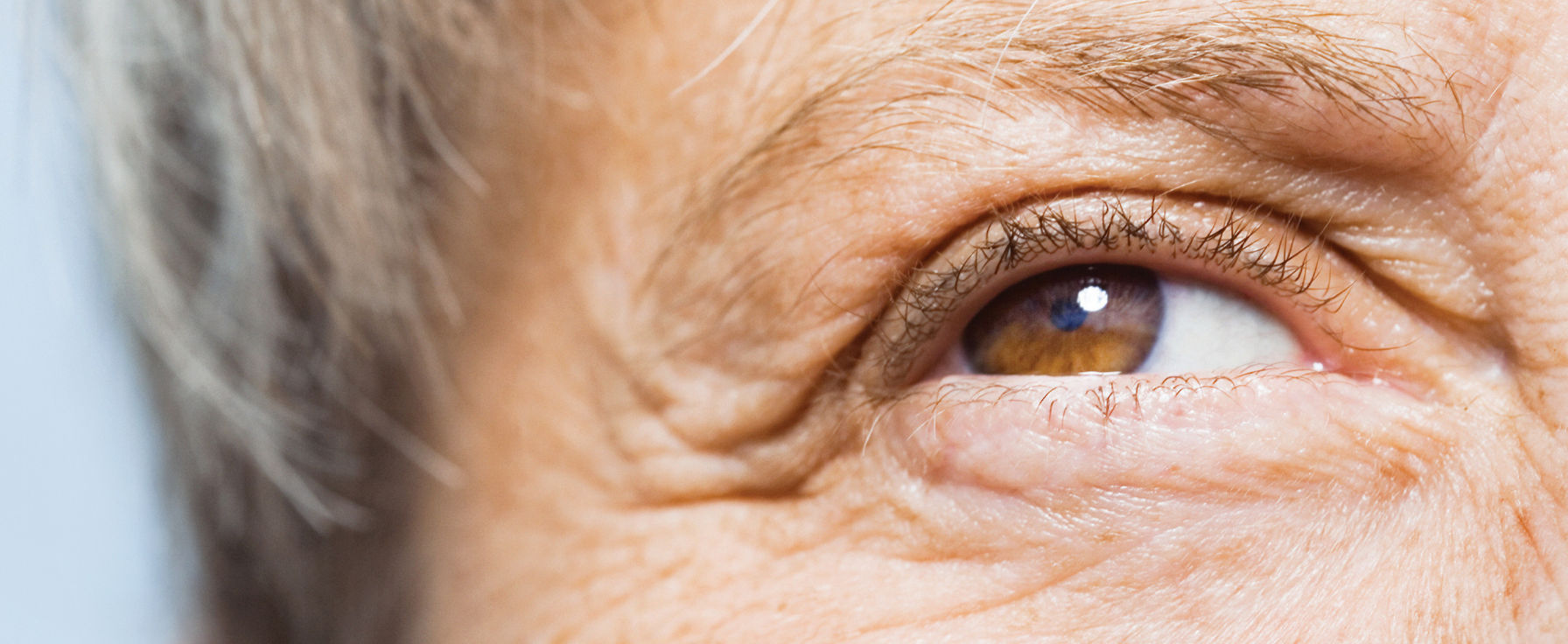Acute conjunctivitis (adenoviral conjunctivitis or pink eye) is an inflammation that can be caused by infections from bacteria or viruses. Pink eye can also be caused by allergy, eye injury or reaction to medication.
Pink eye affects nearly six million people in the U.S. every year.1 Anyone at any age can get conjunctivitis, although it is more common in children. It has been observed that pink eye is little more common in the spring and summer months and less common in the winter.
Acute conjunctivitis is highly contagious with intra-familial attack rates of up to 50 percent2-3 and 35 to 50 percent of patients develop complications.4,5 Unfortunately, many healthcare professionals believe that they can easily and accurately diagnose and treat pink eye patients based on clinical symptoms and signs, however, one simple misdiagnosis can lead to mistreatment driving the spread of disease.
Unlike bacterial conjunctivitis, which is usually self-limiting, acute conjunctivitis is associated with significant morbidity such as:
- Decreased visual acuity or light sensitivity from persistent subepithelial infiltrates (inflammatory corneal deposits)6
- Chronic epiphora (excessive tearing) from lacrimal drainage problems7
- Visual loss from conjunctival foreshortening and symblepharon (conjunctival scarring) formation8
Symptoms of acute conjunctivitis include:
- Eye redness
- Swollen, red eyelids
- Itching
- Burning
- Tearing
- Eyelash matting or crusting
- Foreign body sensation (feeling as if something is in the eye)
To prevent catching or spreading acute conjunctivitis requires careful attention to personal hygiene including:
- Washing hands often with soap and water for 20 seconds, especially after coughing or sneezing
- Using alcohol-based hand sanitizer to wash hands if no soap and water are available
- Covering mouth and nose with a tissue when coughing or sneezing
- Tossing used tissues into a waste basket
- Coughing or sneezing into the top of your sleeve if a tissue isn’t available
Additional steps to prevent the transmission of acute conjunctivitis include:
- Not touching eyes, nose or mouth
- Avoiding close contact with people who are sick
- Staying home when ill
While there are many outward symptoms of conjunctivitis, diagnosis requires laboratory testing to determine if the pink eye is due to a virus, bacteria or allergy.
Studies show that 95 percent of healthcare professionals will prescribe an antibiotic for all cases of acute conjunctivitis9 – whether it’s viral or bacterial. Unfortunately, antibiotics are ineffective at treating viral conjunctivitis and have no therapeutic impact. Prescribing unnecessary antibiotics delays proper treatment, can lead to potential allergies, toxicities or even antibiotic resistance.
Knowing the cause of a patient’s acute conjunctivitis infection is imperative to administering the appropriate treatment.
For viral conjunctivitis, antibiotics are ineffective against viral infections. If antibiotics are prescribed for a case of viral conjunctivitis, the patient will remain contagious and most likely spread the disease to others.
Recommended treatment options for viral conjunctivitis include the following:
- Cool compresses 3 to 4 times a day
- Frequent hand washing
- Artificial tears
- Decontaminate home/office by wiping down surfaces with diluted bleach, changing sheets, using clean towels, etc.
- Wear sunglasses if eyes are light sensitive
- Throw away old makeup to prevent re-infection
- Avoid wearing contact lenses while feeling discomfort, especially if the eye remains red
- Avoid close contact with others for at least 5 to 7 days or until there are no symptoms (redness, tearing, itching, etc.)
The most common treatment for bacterial conjunctivitis is an antibiotic eye drop or ointment. Generally, within 24 to 48 hours after starting this treatment, there is little risk of spreading the infection to others.
For allergic conjunctivitis, topical ocular antihistamine eye drops can help provide relief for eye redness and swelling as well as treat other symptoms.
References
- Azari AA, Barney NP. Conjunctivitis: A Systematic Review of Diagnosis and Treatment. JAMA. 2013;310(16):1721–1730. https://doi.org/10.1001/jama.2013.280318
- McMinn PC, Stewart J, Burrell CJ. A community outbreak of epidemic keratoconjunctivitis in Central Australia due to adenovirus type 8. J Infect Dis. 1991;164(6):1113–1118. https://doi.org/10.1093/infdis/164.6.1113
- Schepetiuk SK, Norton R, Kok T, Irving LG. Outbreak of adenovirus type 4 conjunctivitis in South Australia. J Med Virol. 1993;41(4):316‐318. https://doi.org/10.1002/jmv.1890410411
- Colon LE. Keratoconjunctivitis due to adenovirus type 8: report on a large outbreak. Ann Ophthalmol. 1991;23(2):63‐65. https://europepmc.org/article/MED/2029116
- Richmond S, Burman R, Crosdale E, et al. A large outbreak of keratoconjunctivitis due to adenovirus type 8. J Hyg (Lond). 1984;93(2):285‐291. https://doi.org/10.1017/s0022172400064810
- Butt AL, Chodosh J. Adenoviral keratoconjunctivitis in a tertiary care eye clinic. Cornea. 2006;25(2):199-202. https://doi.org/10.1097/01.ico.0000170693.13326.fb
- Hyde KJ, Berger ST. Epidemic keratoconjunctivitis and lacrimal excretory system obstruction. Ophthalmology. 1988;95(10):1447-1449. https://www.aaojournal.org/article/S0161-6420(88)32994-5/pdf
- Hammer LH, Perry HD, Donnenfeld ED, et al. Symblepharon formation in epidemic keratoconjunctivitis. Cornea. 1990;9(4):338-340. https://pubmed.ncbi.nlm.nih.gov/2078963/
- Everitt H, Little P. How do GPs diagnose and manage acute infective conjunctivitis. A GP survey. Fam Pract. 2002;19(6):658-660. https://doi.org/10.1093/fampra/19.6.658
Recommended reading


